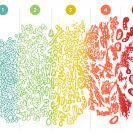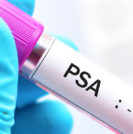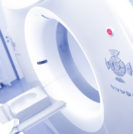Prostate Cancer by Any Other Name—Is Low Risk Prostate Cancer Really Cancer?

Is low-risk prostate cancer worth worrying about? Uncover the facts and what it could mean for your health choices. keep reading
Sperling Prostate Center









